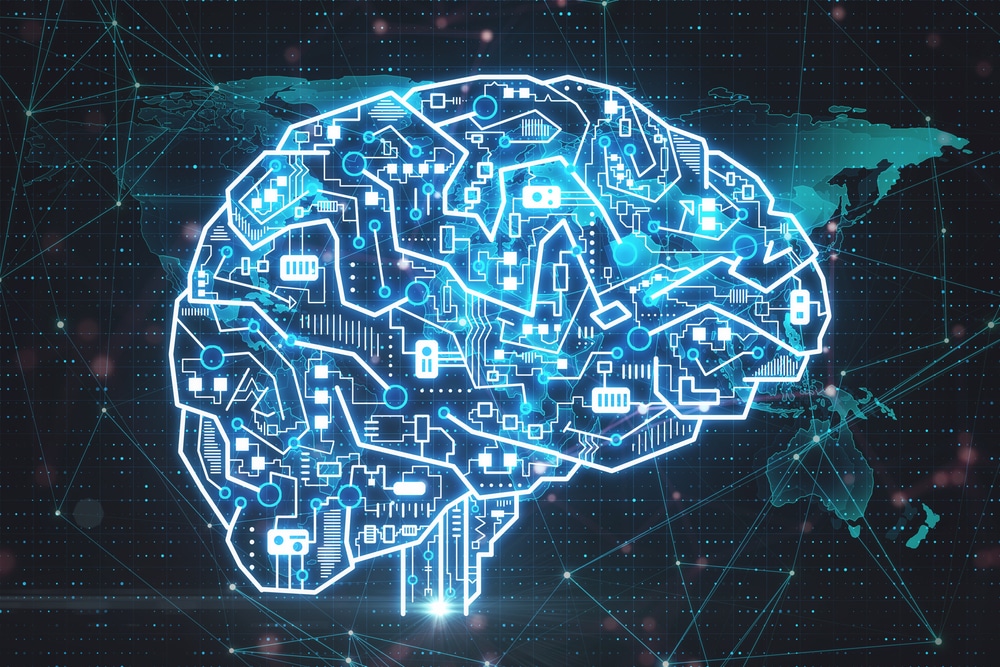The human brain’s capacity for memory is truly remarkable. How can one brain store vivid memories ranging from song lyrics to rich experiences to detailed faces? Scientists have long suspected that individual memories are “stored” in multiple areas of the brain – but now, a new study by scientists at The Picower Institute for Learning and Memory at MIT has provided irrefutable evidence. The researchers used a number of methods, including the popular contextual fear conditioning test, to explore how the brain stores memories.
Contextual Fear Conditioning Helps “Map” Memory Recall
Researchers at The Picower Institute for Learning and Memory at MIT have now provided comprehensive evidence for a long-held hypothesis: that the mammalian brain stores a single memory across a complex network that spans several brain regions, including dozens of areas that were not previously thought to be involved in memory. The team accomplished this by analyzing more than 247 brain regions in mice who underwent a contextual fear conditioning test. During this common testing paradigm, mice are removed from their home cage and placed in another cage where they feel a “small but memorable” electrical zap. Researchers may then explore the impact of the unpleasant “zap” memory on the brain.
The team used that test as the basis for a series of evaluations over two groups of mice. Scientists took one group of mice and engineered their neurons to become fluorescent when they expressed a gene required for memory encoding. Scientists then took another group of mice and fluorescently labeled only the cells that were activated when the mice naturally recalled the zap – for example, when the mice returned to the contextual fear conditioning cage. Finally, the scientists counted the fluorescing cells in each sample. This enabled the team to produce maps of the fluorescent regions – in other words, regions that were significant to memory activity.
Using the Engram Index
Science Direct describes an engram as a “hypothetical construct used to represent the physical processes and changes that constitute memory in the brain.” In simpler terms, an engram is a tool scientists use to represent the brain’s relationship to memory. For this study, the MIT researchers calculated their own “engram index” to rank each brain region according to its involvement in memory processes. “These experiments not only revealed significant engram reactivation in known hippocampal and amygdala regions, but also showed reactivation in many thalamic, cortical, midbrain and brainstem structures,” the authors wrote in the study abstract. “Importantly, when we compared the brain regions identified by the engram index analysis with these reactivated regions, we observed that ~60 percent of the regions were consistent between analyses.” With that, the researchers realized that they had stumbled upon a previously unknown network of brain regions strongly associated with memory.
Going Beyond Engram Exploration
Finally, the MIT researchers underwent several assessments to test their findings. For example, the team decided to test whether reactivating multiple brain regions would improve memory recall. After employing a chemical to stimulate different engram regions, the team found that stimulating multiple regions simultaneously produced more “freezing behavior” than stimulating just one or two. This freezing behavior indicates that animals better remember the unpleasant “zap” they received in the contextual fear conditioning test. This confirmed the team’s hypothesis: that “storing” a single memory across a complex brain network benefits long-term memory retention and resiliency.
_____
With an expanded understanding of the brain’s built-in “memory network,” researchers can accomplish a variety of next steps. As explained in Medical XPress, this understanding of memory retention could help develop a clinical strategy for conditions that cause memory impairment, including dementia.
Scantox is a part of Scantox, a GLP/GCP-compliant contract research organization (CRO) delivering the highest grade of Discovery, Regulatory Toxicology and CMC/Analytical services since 1977. Scantox focuses on preclinical studies related to central nervous system (CNS) diseases, rare diseases, and mental disorders. With highly predictive disease models available on site and unparalleled preclinical experience, Scantox can handle most CNS drug development needs for biopharmaceutical companies of all sizes. For more information about Scantox, visit www.scantox.com.

